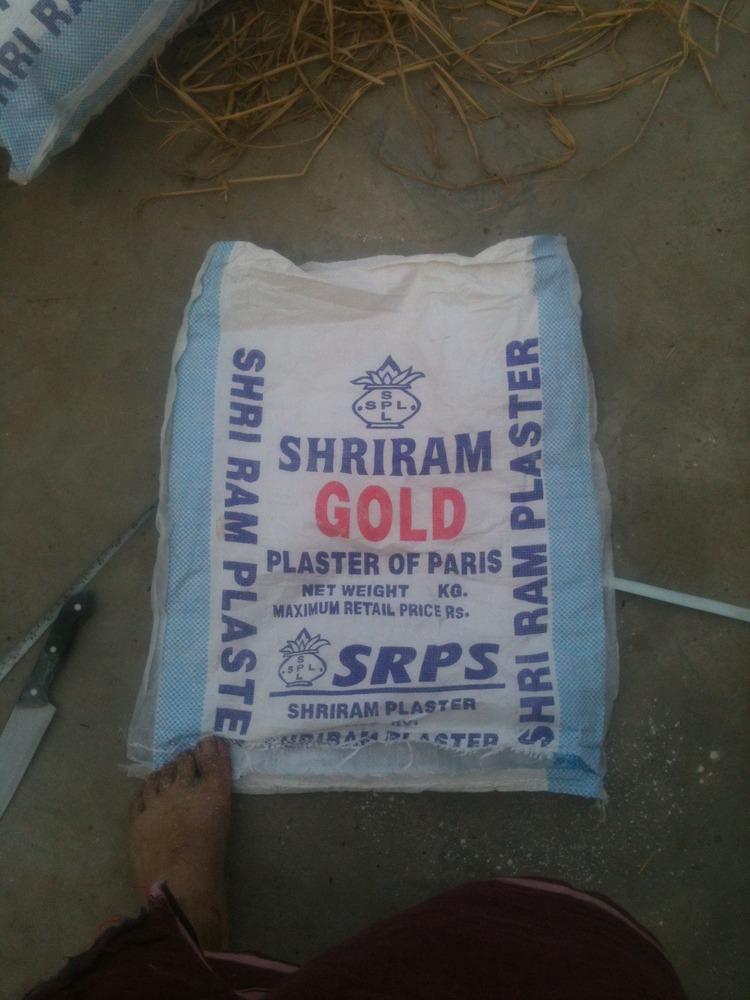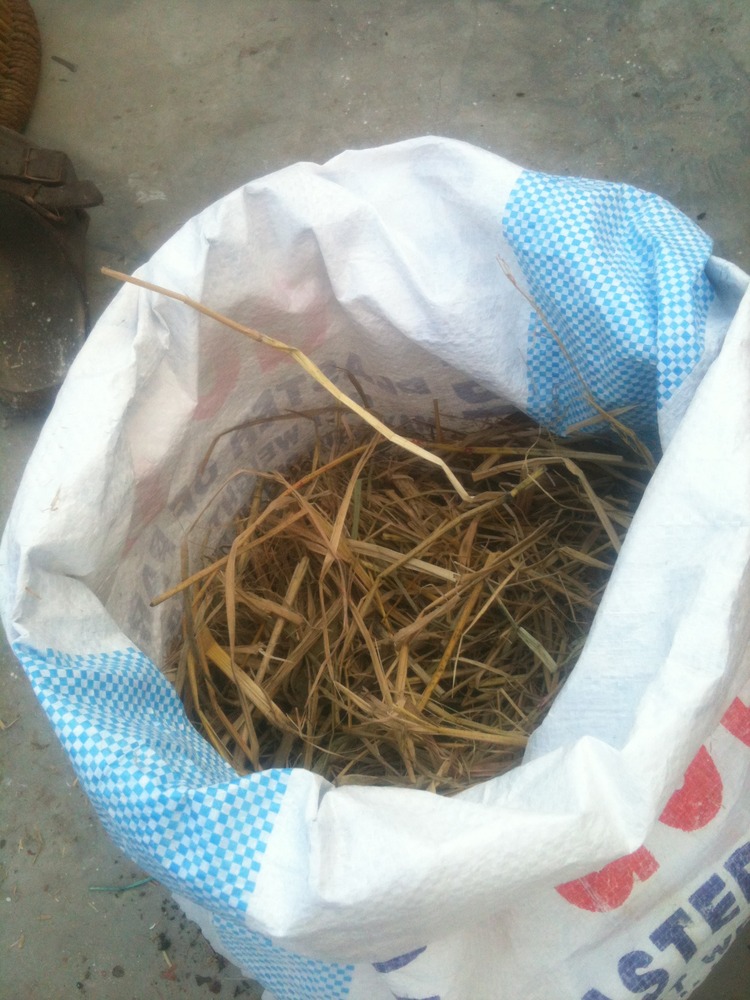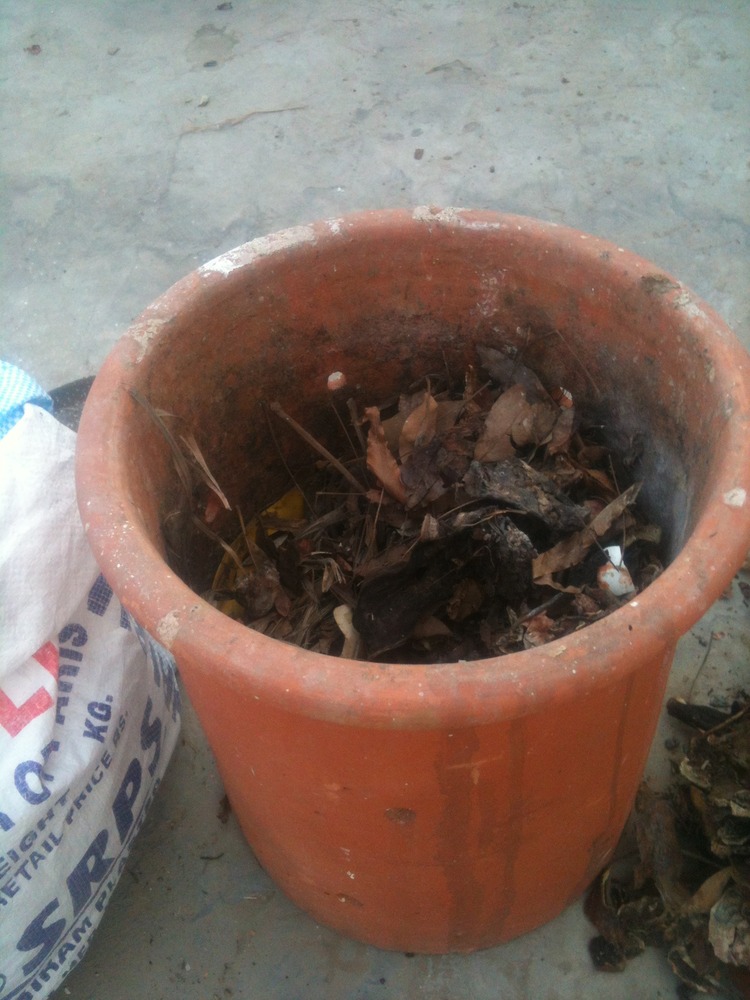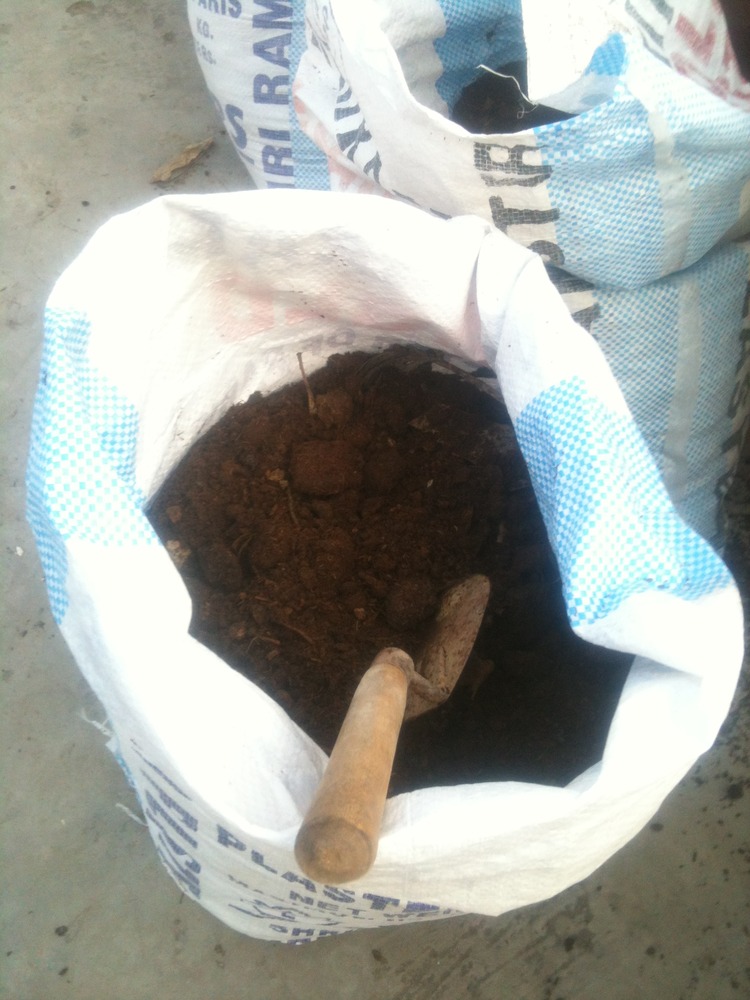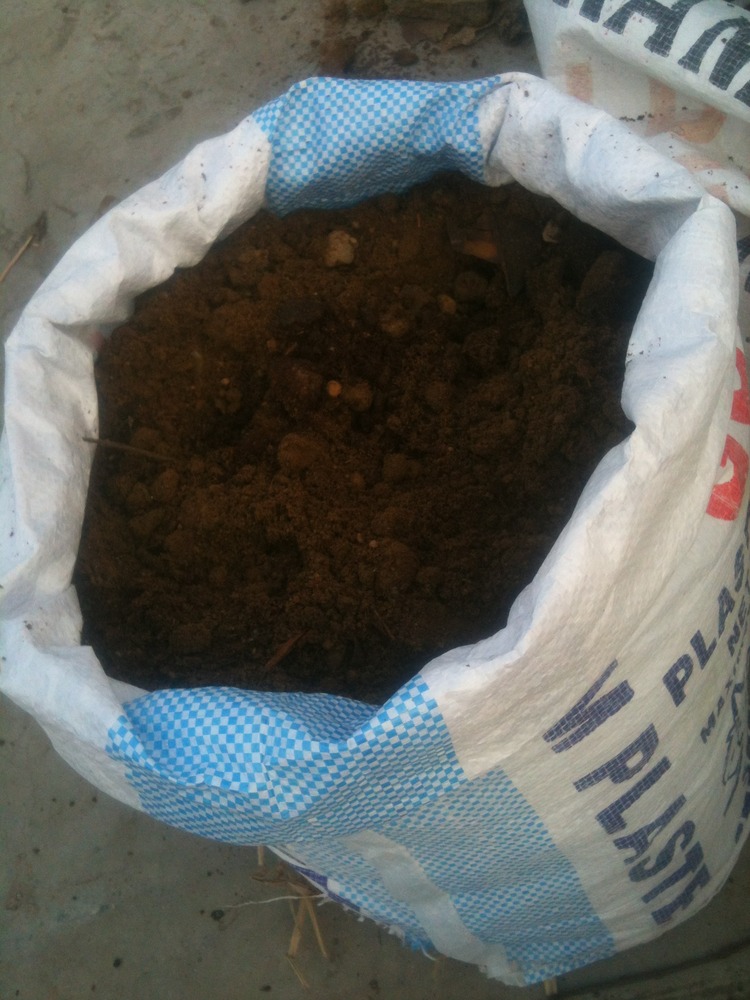So, some website has conjured up forty meals to eat in a lifetime. A worthy list to have perhaps, too bad it contains mostly bland looking and horrible food. See for yourself:
Memorable Meals To Eat In Your Lifetime – Business Insider.
Instead I propose an alternate list (mostly veg and I realize somewhat tilted towards subcontinental food…) from my own meager experience (in no particular order except for my recollection):
- Bhetki Paturi in Kolkata
- Chao Mian (from hand pulled noodles of course) at a street side stall anywhere in wheat-eating parts of China
- Poulet aux prune tagine with cous-cous in Morocco (for me at a homestay in Moulay Idriss)
- Tapas (with Jerez) at a local bar in Seville
- Pickled aubegine. börek and other tasty snacks and meze in Istanbul
- Mr Falafel in Bruxelles, Belgium (Tel Aviv,pff)
- Heavy creamy daal makhani with paratha in Shahjahanabad
- Spicy laksa in Kuala Lumpur
- Appam and avial in Kerala
- Fried Momo with tangy,spicy tomato chutney in Kathmandu
- Gelato in Italy (ok, BI we can agree to agree on this)
- Arroz e feijão in Brazil, so simple yet so tasty
- Phuchka (preferred), golgappa or pani puri on any street around India (but ideally in Kolkata (preferred), Mumbai or Delhi)
- Rye bread (Swedish-style) with a slice of good cheese (manchego say, or something a bit stronger) and maybe a few strands of bell pepper
- Hongshao qiezi (because aubegine is about the best thing ever)
- Afghani bourani baingan with huge slightly leavened naan (because yes, aubegine is still the best thing ever)
- A full British fry up – because fat, stodge and dubious meat is what made the world go round for centuries (you can have it once, your heart will survive)
- Kashmiri rajma with a click ghee and rice
- Rice, mustard oil and gongura pickle in Andhra, India
- A selection of good cheese (from some local cheese shop) and wine in France
- Any spiced up version of a shashlik kebab from a street food corner from anywhere between Morocco and China (basically anywhere there is a sizeable muslim population with access to good spices)
- Tapas and wine at Garum 2.1 in Cordoba
Upon reading this I realize the list really needs to be added on to as far as African (south of Sahara) and South Amercian food goes…
Oh, and Eastern Europe, I’ve visited you, but nothing you threw at me makes the list. Sorry about that.
